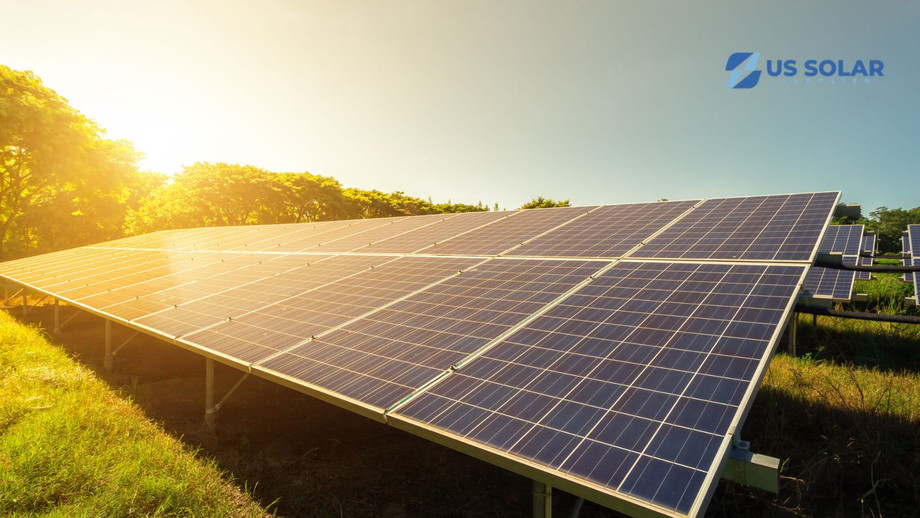Solar panels work by converting sunlight into electricity through a process known as the photovoltaic effect. When sunlight strikes a solar panel, it causes a flow of electrons in the solar cells, which generates a direct current (DC) of electricity.
The basic structure of a solar panel consists of several layers of materials, including a layer of semiconductor material, usually made of silicon, and a layer of conductive material, such as metal. The semiconductor material absorbs photons of sunlight, which excites electrons and generates a flow of electricity.
The conductive material in the solar panel collects the electricity generated by the semiconductor material and sends it to an inverter, which converts the DC electricity into alternating current (AC) electricity, which can be used to power homes, businesses, and other applications.
Solar panels are typically installed on rooftops or in other locations where they can receive maximum sunlight exposure. The amount of electricity that a solar panel can generate depends on several factors, including the size and efficiency of the panel, the angle and orientation of the panel, and the amount of sunlight that it receives.
In addition to generating electricity, solar panels can also be used to heat water for residential and commercial applications. This is known as solar thermal energy, and it works by using the heat from the sun to warm water in a solar collector, which is then used for hot water or space heating.
Overall, solar panels work by converting sunlight into electricity through the photovoltaic effect. As solar technology continues to improve, solar panels are becoming an increasingly attractive and cost-effective source of renewable energy.

